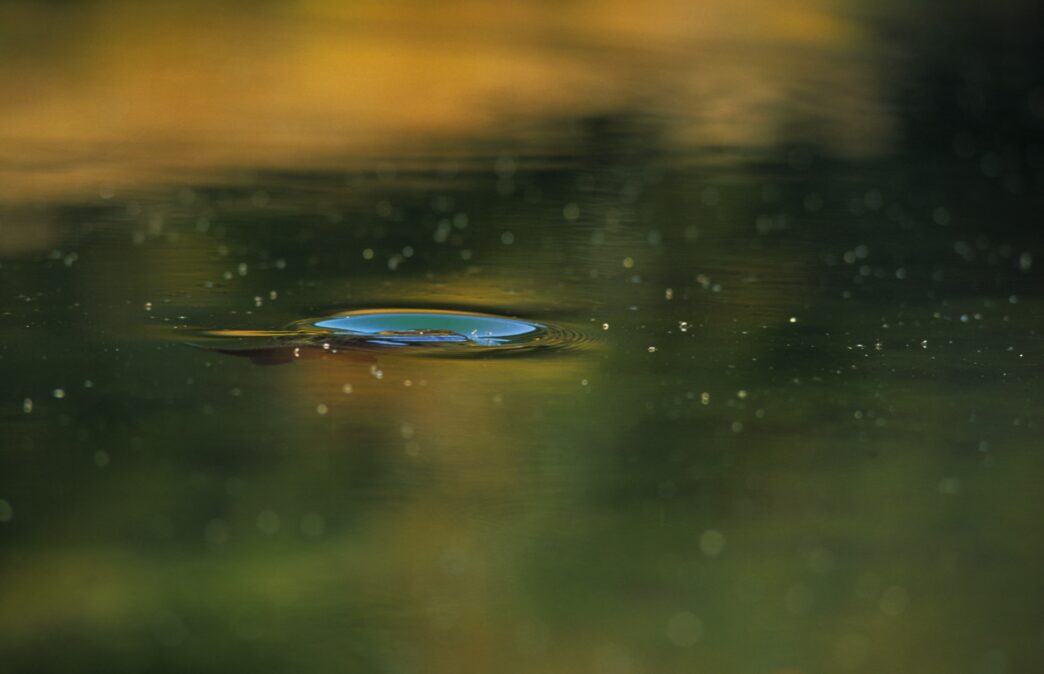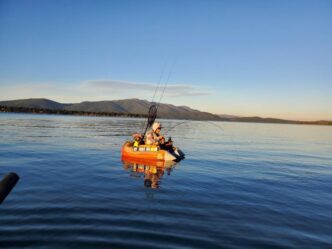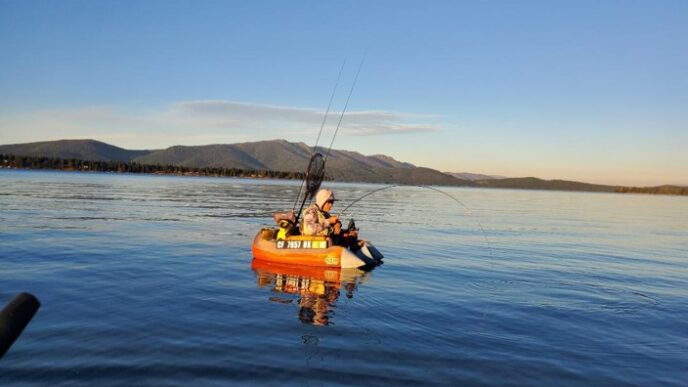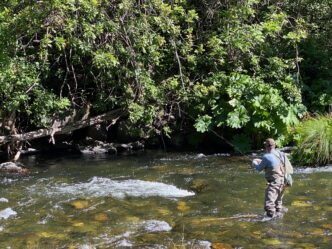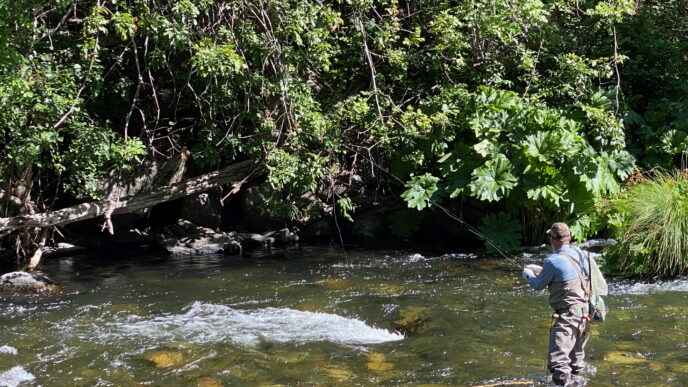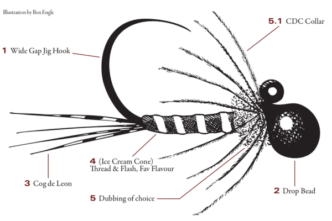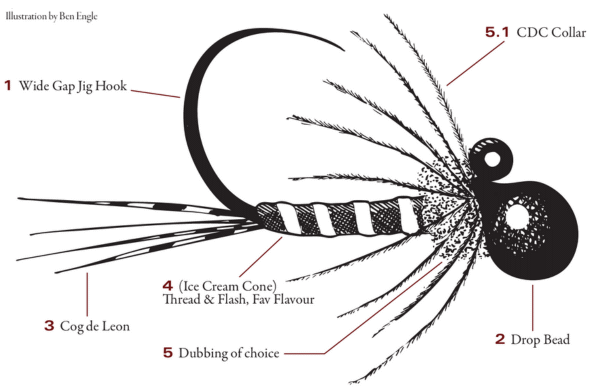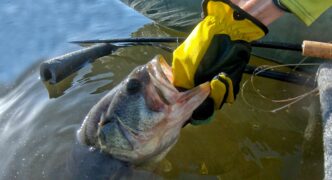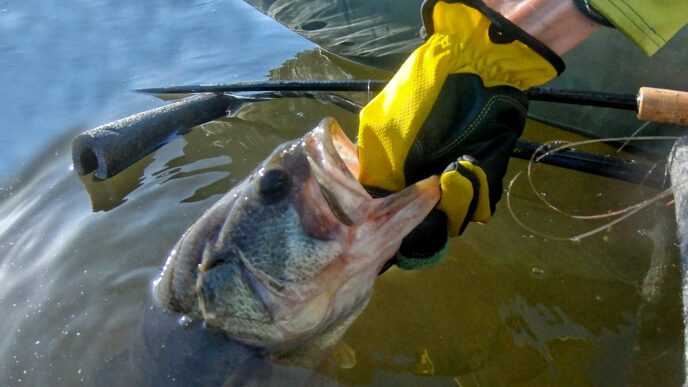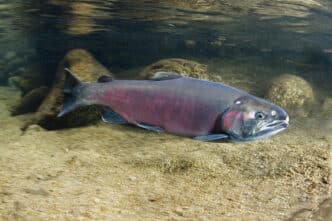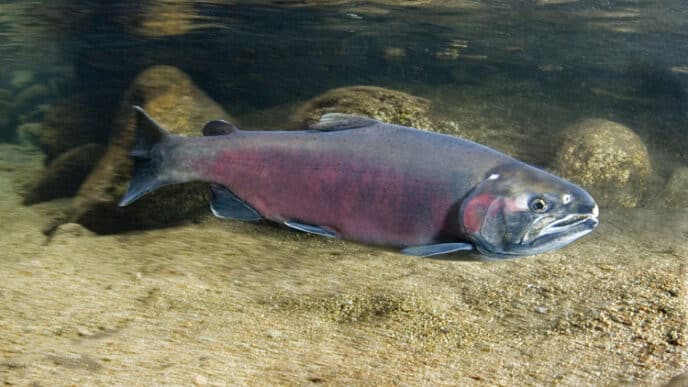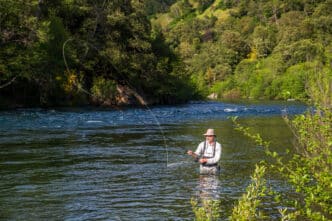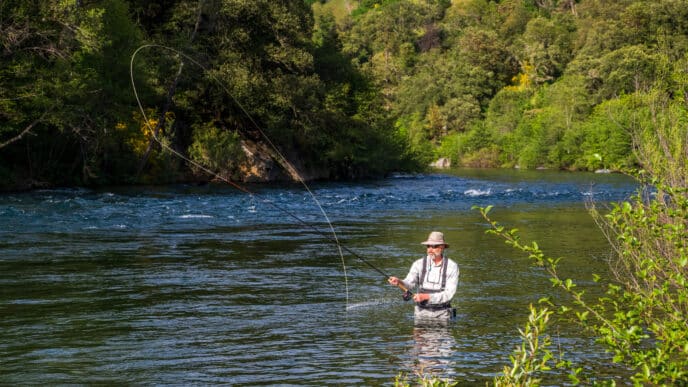I have wondered how climate change is affecting the food our trout eat.
Fly fishing is as much about bugs as it is about fish. The reason for this is obvious: Trout survive and thrive by eating riverine insects—along with everything else they gulp, like minnows, worms, and the odd bit of jerky we anglers drop in. It’s bugs they love, and so do we.
These bugs and their metamorphoses are wonders all their own, requiring clean, cold water to live and reproduce. Unfortunately for us, and for fish, mayflies, stoneflies, and caddisflies are highly sensitive to ecosystem change. International studies estimate that the entirety of insect diversity is decreasing by about 1.5%-2% annually. Which is scary to think about, particularly when you are a lover of river insects.
As the planet warms and threats of pollution and other damage loom, these aquatic insects may be a wet, buggy canary in the coal mine.
In my recent reporting on drought and trout, along with climate change, for this magazine (“Drought and Trout,” August 2023 issue), I investigated how drought and low river flows, as well as higher water temperatures caused by our warming, changing California, are affecting trout. Man-made climate change is affecting the weather (higher average temperatures, condensed rainfall), and while we have enjoyed a short stretch of “wetter” years, the length of a recent stretch of abnormally dry years between 2012 and 2022 is not negotiable, particularly if your living room is the shallow wet spot behind a shady rock. California Trout’s State of the Salmonids II report’s hair-raising estimate (45 percent of California’s salmonids will be extinct by 2050 if present trends continue) does not shock those of us who have watched the annual bumps and bruises (and occasional knockout punches) our rivers are facing.
Bugs are still rich in many of our rivers. But changes are afoot. “As quickly as streams are changing in terms of water temps, can invertebrates adapt to that?” Robert Lusardi, an Assistant Professor of Freshwater Ecology at UC Davis, asked recently. “I don’t think we know. My guess is some invertebrates will not be able to adapt—will be extirpated in streams heavily influenced by climate change. Others will be replaced by more tolerant invertebrates capable of thriving in changed environments.”
MAYFLIES, STONEFLIES, AND TRICHOPTERA AT RISK
The bugs fly anglers tie on are at risk, worldwide. River insects, such as trout, are ectothermic; their surroundings regulate their body temperature. Warmer water is hard on many species. A recent study by researchers from Rio de Janeiro in Brazil is useful for anglers and entomologists worldwide. Researchers found that among aquatic insect taxa, Ephemeroptera (mayflies), Plecoptera (stoneflies), and Trichoptera (caddisflies) are “well-known bioindicators of environmental changes.” Indeed, in one “hot spot” in Brazil’s Atlantic Forest, researchers found all three taxa to be “at high risk from future climate change,” with stoneflies (that antediluvian-looking insect we California anglers love to imitate) of most concern.
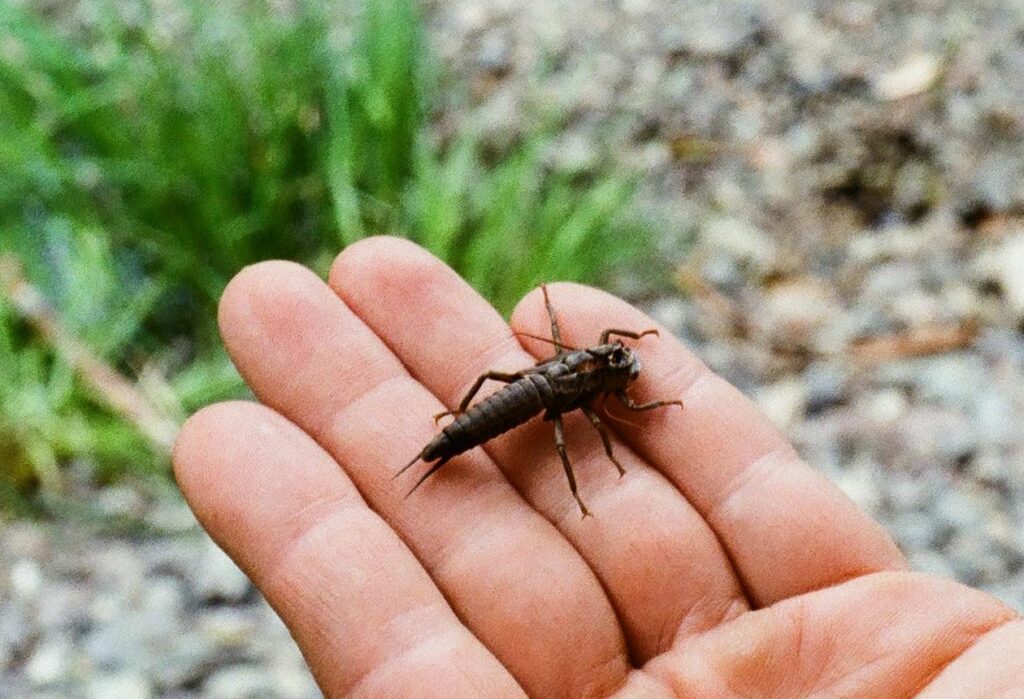
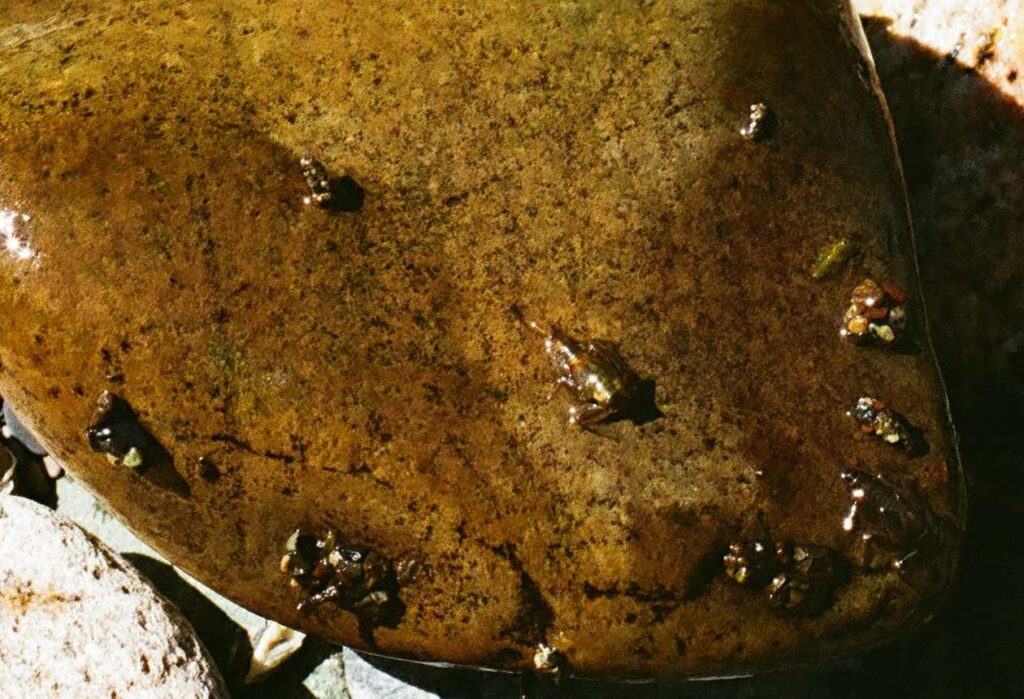
How could climate change affect bugs in California? Entomologists studying climate change expect freshwater species distribution, density, and diversity to be impacted in the coming decades. Some projections indicate that climate change will force freshwater insect species to shift their distribution to higher altitudes upstream, where they can remain in favorable climates. Unfortunately, research also shows species adapted to cooler climates in high-elevation headwaters are more at risk from warming water and air temperatures. “These high-altitude cold-adapted species risk being replaced by a more cosmopolitan, generalist, or warm-tolerant species, yielding a shift in the prevailing community composition,” as one paper put it. Buggy gentrification!
“I expect that coldwater invertebrates in the Sierras could similarly be replaced by those at lower elevations,” Kyle Leathers, an entomologist and researcher with the USGS told me. Recent work by Dr. Richard Bottorff of UC Davis studying stonefly populations in the Cosumnes River found that species were highly specialized to certain elevation ranges. “Invertebrates specializing in high elevations may have to move to higher elevations, or they could run out of habitat with the conditions they need,” Leathers said.
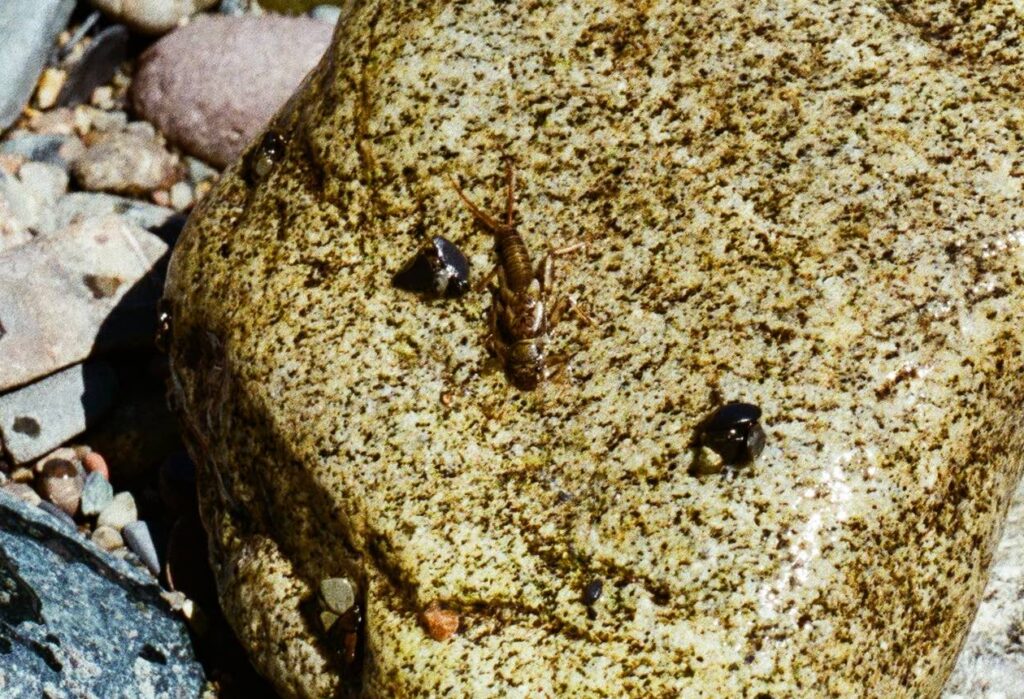
Not only elevation, but also water temperature, affects habitat. Lusardi and other researchers have studied how rivers in California, fed by cold springs such as Fall River and others, might prove more resilient to warming air temperatures, providing a refuge for freshwater insect life and trout. Their research indicates that spring systems typically have a higher density of insects and other things trout eat. (Runoff streams are naturally poor food systems in comparison.) Even if an increase in water temperatures causes a loss of thermal habitat, this extra food density may help trout and invertebrates survive. However, even in these systems, rising air temperatures are impacting life.
WARMING WATERS, BUG BOOM AND BUST TIMES
There are few studies on climate change stressors and California’s aquatic insect populations. But studies of mountain regions globally and within the Sierra Nevada show that climate change is reducing snowpack, advancing snowmelt, and altering river ecosystems. Scientists expect this “early snowmelt destabilization” caused by earlier, warmer springs will alter insect production and emergence patterns via shifts in community composition and “phenology”—the timing of an organism’s development. Bug populations will change, as will the timing of their life cycles.
A 2024 study in the Eastern Sierra examined how earlier snowmelt could alter the phenology of mountain stream organisms and ecosystem processes (like, say, trout-eating). Researchers from UC Berkeley studied invertebrate species’ responses across a series of replicated stream channels. In some stream channels, water flow matched current conditions; in others, low-flow treatments simulated potential climate change conditions at the end of this century, when snowmelt is predicted to start earlier in the year, resulting in low discharge during the dry season.
Researchers found that low-flow conditions drove changes in water temperature, including an 8° F to 13.5° F increase in maximum water temperature under “summer” conditions. The channels remained oxygenated throughout the experiment, though dissolved oxygen did decline seasonally. Importantly, the low-flow regimes affected the production and respiration rates of epilithic biofilm, the base production of our stream food web, including the food that insects eat to survive.
Overall, aquatic invertebrates responded in a myriad of ways to changes in flow and water temperatures. Some species benefited, and others were harmed. They exhibited fine-scale responses to low-flow timing, in particular, by causing some species to boom and others to decline in abundance. (Big winners? Some specific chironomids and caddisflies that do well in warmer waters; big losers? Drunella flavilnea (a mayfly) and Micrasema (a caddisfly) both experienced declines in abundance associated with early low flow.) Interestingly, the total productivity of the system remained fairly consistent across flow treatments, which is good news for fish, birds, and other animals that eat them. However, Leathers noted that more effects might have been observed if his team had studied the streams for another year; low-flow conditions could affect the reproduction and early survival of new generations of bugs
A MISTMATCH ISSUE
Researchers also saw that the majority of invertebrate species experience changes in phenology—the timing of their life cycles. In general, warmer temperatures speed up invertebrate life cycles, resulting in bugs that are migrating as nymphs, hatching as duns, and mating as spinners earlier in the year.
As trout anglers know, the timing of food is extremely important to the webs of life abiding within streams and rivers.
Scientists predict some species will benefit from climate change, and others will be harmed, but the condition of each river’s buggy biome is unique.
The study, for instance, considered the timing of chironomid midges and the behavior of Brewer’s Blackbirds that eat them. In the low-flow test streams, production of the midges increased in the middle of the Blackbird nesting period; lucky blackbirds. Other species that rely on stream invertebrates might not be so lucky if there is a mismatch between invertebrate emergence and “consumer phenology” like nesting.
Even phenological shifts of individual species can impact ecosystems on a large scale, often with less favorable results. Picture milder winters helping the mountain pine beetle population, causing massive stands of dead pines that are ripe for wildfire. Or golden stoneflies migrating to the banks sooner, before trout are ready to gorge.
“There’s something to be said for the emergence of fish and high-food resources at the same time,” Lusardi says. “If we have earlier runoff in river systems, these fish could hatch at similar times but may not have the food resources (e.g., species and abundance) that they historically have had, when they’ve had them. There might be a mismatch.”
MANY BUGS, MANY IMPACTS
The picture painted by current aquatic bug science is a mixed one in which some species boom in warmer times, and predators like trout adapt (or can’t) to different insect emergence times and hatches throughout the year.
In the final chapter of his PhD dissertation, Leathers studied how different aspects of drought affected aquatic insects in Bull Creek, in the Sierra Nevada. Here and across California, reduced snowpack from our warming climate, plus other man-made changes like de-vegetation or groundwater pumping, could lead to increased water temperature, reduced water velocity, and increased fine sediment on the stream bottom. Leathers found that sixteen of the nineteen most common aquatic macroinvertebrates in the creek had a significant relationship to those stream condition changes. “There were positive and negative responses to each variable,” he wrote me over email, “so there will probably be a mixture of species that are harmed or helped by drought conditions.”
Our impact on nature is hard to read — like when hunting for bugs on streambed rocks, you really only know the truth of the stones you turn over. Based on the current scientific evidence, I believe that insect hatches and trout behavior are likely to continue changing in California. Don’t be surprised if you find yourself reaching for a size 22 midge more frequently in the Eastern Sierra in the coming years. Or using a fluffy golden stonefly nymph less and less.




